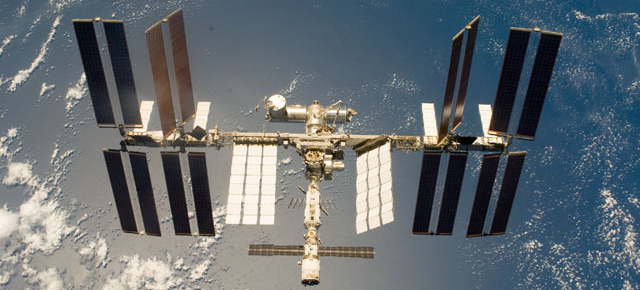In the otherwise barren space 350km above Earth’s surface, a capsule of life-sustaining oxygen and water orbits at 27,000km/h. You might know this capsule as the International Space Station (ISS), currently home to six humans — and untold billions of bacteria. Microbes have always followed us to the frontiers, but it’s only now that scientists at NASA and elsewhere are seriously investigating what happens when we bring Earth’s microbes into space.
Most space microbes get there by hitching a ride on — or in — the bodies of astronauts. But the next unmanned ISS resupply mission, due to blast off on Monday, will carry a special microbial payload on behalf of Project MERCCURI. The payload includes 48 different microbes — collected from stadiums, toilets, and even pre-launch spacecraft — whose growth in space will be compared to a parallel set of microbes on Earth. A second phase of the project will sequence swabs from the ISS to determine the microbiome of the space station.
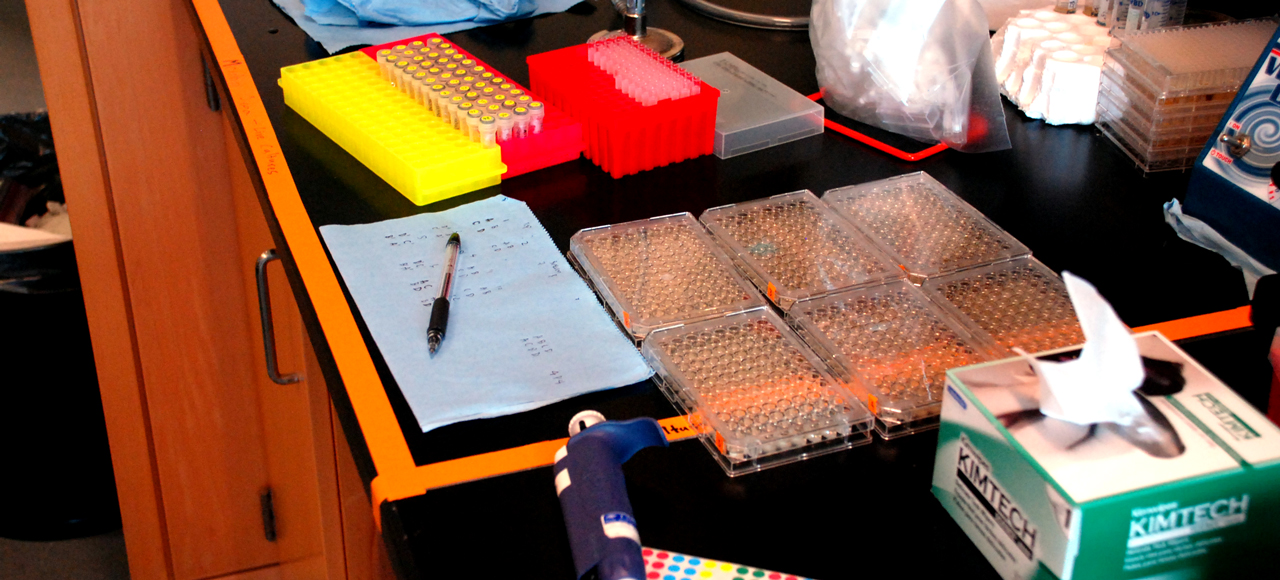
Plates of bacteria being prepared for launch. Project MERCCURI
Project MERCCURI is a crowdsourced project, aimed at science outreach as much as research itself. But NASA, too, is intensely interested in studying its “microbial observatory” — as Mark Ott, a senior microbiologist at the Johnson Space Center, called the ISS in a recent talk. The ISS is a unique lab space. “We have a shortage of microgravity on Earth,” sums up David Coil, a microbiology on the Project MERCCURI team,
How Bacteria Behave in Microgravity
In the interest of astronaut health, NASA has sent disease-causing bacteria up into space before. (In carefully packaged plates, of course.) The stress of space-living weakens immune systems, making the possibility of disease all the worse.
So how have disease-causing microbes fared in space so far? Unfortunately for us, they have fared very well.
An attention-grabbing study from 2007 found that Salmonella, which you probably associate with food poisoning, becomes more virulent when grown on the ISS. The space-bred microbes were injected into mice back on Earth, and the mice promptly became sicker and succumbed more quickly.
Last year, researchers found that Pseudomonas aeruginosa (below), a common bacteria that can cause infections grew faster and formed thicker aggregates of cells called biofilms. These biofilms also formed a bizarre “column-and-canopy” structure that it doesn’t form on Earth. Other bacteria like E. coli and staph also grow better in space.
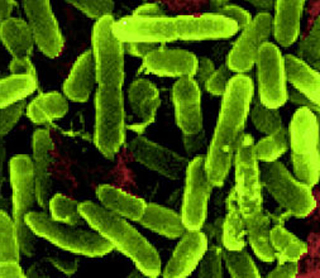
Why does gravity matter for a single-celled organism that doesn’t have a head or feet, anyway? The key, scientists think, is how food or water get transported in and out of the cell. This normally relies on convection, which is affected by gravity.
It’s the same reason why a candle flame in space looks like a weird ball, explains Russell Neches, a graduate on the Project MERCCURI team. “If you’re a microbe, that means all the metabolic waste products and all of the things you breath and eat can only go around by diffusion,” he said, “The mechanism of transport is very different.” Aggregating into biofilms reduces surface area, so the shape can affect how things move in and out of cells.
The Next Frontier of Space Microbiology
Back on Earth, the field of microbiology itself is going through a revolution these days. The ability to sequence DNA quickly and cheaply means microbiologists can now catalogue the billions of bacteria that live benignly on our every surface. Past microbial research has largely focused on bacteria culturable in the lab — estimated to be only 1 to 10 per cent of all bacteria — and cause disease.
At a recent symposium about the microbiology of the built environment, Ott from NASA began his talk by apologizing for the its focus on disease, ending with a call for more research proposals. “A good portion of the audience doesn’t realise NASA does microbiology at all,” he said, and the ISS is a pretty unique opportunity.
With the gut microbiome all the rage in biomedical research these days, they have also been collecting faecal samples preflight, in-flight, and post-flight, amassing a large collection of space poop. (Participation was optional, but only one crew member refused.) NASA’s first ever twin study will also compare the microbiomes of one twin who stays on Earth to his brother’s in space.
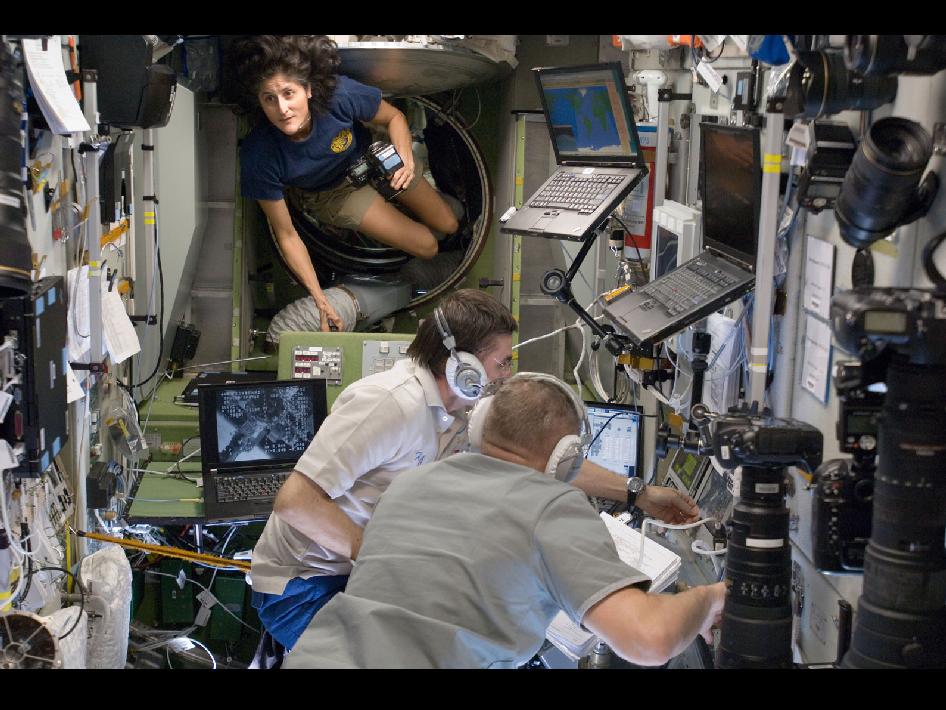
The cramped interiors of the ISS. NASA
Scientists are interested in studying the microbiome of the ISS as a built environment as well. How might the particular conditions space affect bacteria living on surfaces in the space station? Mir, for example, became coated with biofilms. To kick off that work, Project MERCURRI is hoping to get swabs back from astronauts to sequence and catalogue the ISS’s microbes.
Curiously, NASA has also built microgravity simulators to study space bacteria without leaving Earth. Lab time and space on the ISS are so hard to come by, says Ott. “I don’t get to run up there and say, here, run this experiment.” The Rotating Wall Vessel (RWV) doesn’t exactly create zero gravity, but its spinning can replicate certain conditions of space.
While NASA attempts to recreate the conditions of earth in space with the ISS, it’s doing the opposition in miniature, recreating space on Earth for bacteria.
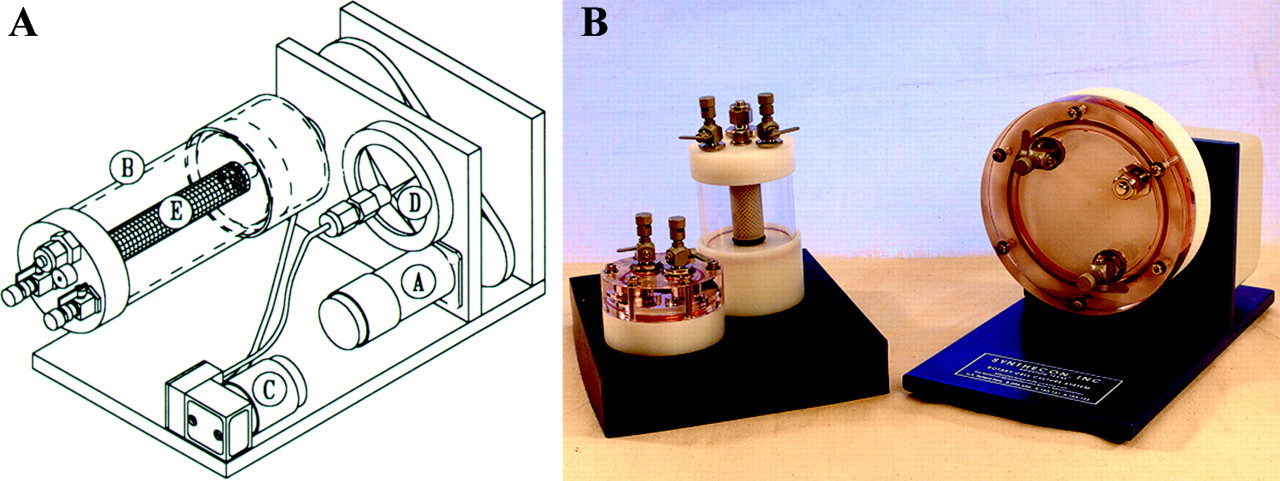
Picture: Hammond/Renal Physiology
Keeping Microbes Out of Space
While NASA scientists studying human spaceflight want to bring bacteria to space, their colleagues working on interplanetary missions are working furiously to keep bacteria from space. Spacecraft assembly rooms for Mars missions are kept in near-sterile conditions, and NASA maintains an obsessive catalogue of microbes that, surprisingly, survive in the cleanroom.
This is what the microbes would have to live through, as laid out by Scientific American:
Only the hardiest of microbes can survive inside a spacecraft clean room, where the air is stringently filtered, the floors are cleansed with certified cleaning agents, and surfaces are wiped with alcohol and hydrogen peroxide, then heated to temperatures high enough to kill almost any living thing. Any human who enters the room must be clad head to foot in a “bunny suit” with gloves, booties, a hat and a mask, so that the only exposed surface is the area around a person’s eyes. Even then, the technician can enter only after stomping on sticky tape on the floor to remove debris from the soles of her booties, and passing through an “air shower” to blow dust away from the rest of her.
The purpose of this obsessive cleanliness is twofold. One, while it’s unlikely bacteria will survive a long trip into space, we nonetheless don’t want to contaminate Mars. Two, if we do detect signs of life on Mars, we want to make sure it’s not DNA we brought along with us from Earth.

A microbiology swabbing for samples on the floor of a NASA cleanroom. NASA/JPL-Caltech
Last fall, scientists discovered a new hardy genus of bacterium that inhabits both a NASA cleanroom in Florida and the European Space Agency’s in South Africa. The harsh conditions and limited competition for other bacteria likely selected for the new bacterium, named Tersicoccus phoenicis. Cleanrooms are a built environment — a very specific and controlled built environment — and even they have a characteristic microbiome.
“Bacteria are everywhere” is a much repeated mantra these days, and space is no exception. Wherever humans go, they leave a microbial mark. Space microbiology still has much left to discover, but one thing is sure: there will be bacteria.
Top picture: International Space Station via NASA
